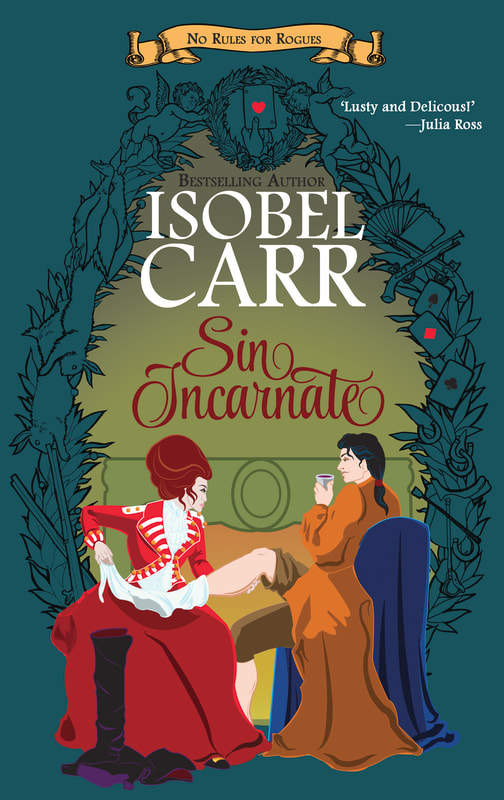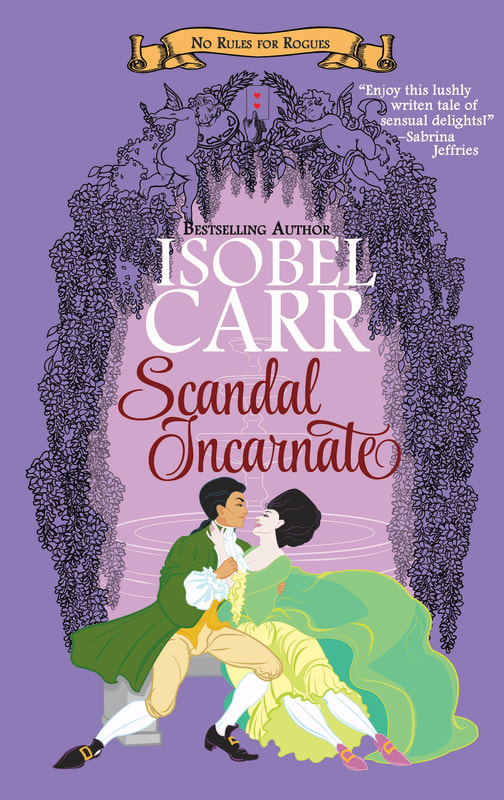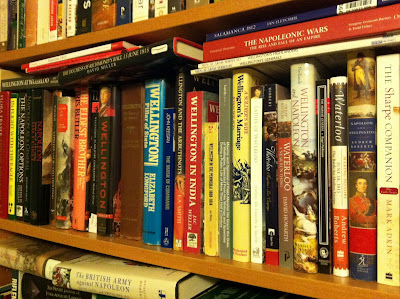The novel flourished as a form of entertainment during the Regency era. Pick up any copy of the Times during the period and you’ll see columns and columns of advertisements for books of all kinds. Fiction figures prominently in those announcements.
Publishing is, in many ways, not all that different in what’s left of 2009 from how publishing worked in 1809. There was, at least sometimes, a separation of publishing and printing. A publisher might not have his own printing operation. He might have to outsource (as it were) the printing. The infamous Minerva Press liked to point out that it did have its own printing operation on the premises of 22 Leadenhall Street. Today, that’s not much different. Many books are printed in China. My understanding is that the cost of shipping those books from China to the US has affected this outsourcing.
In 1809, a book, however, might well have portions printed by more than one printer. I’ve seen this personally in a book I own, an 1834 copy of G.W.M. Reynold’s very popular Mysteries of London. This book was originally issued as penny dreadfuls. Since the binding of my copy is coming apart, it’s possible to see the names of the different printers used.
The publishing business then was a lot like it is today. Writers sold their books to publishers and voila! their books were, eventually, published and sold to the public. And she was now a rich and famous author. Right? Uh, not so fast.
The publisher had no obligation to actually print the book. Jane Austen, as we so famously know, was frustrated by just this situation. She had to buy back her book in order to get her story into print.
Piracy was common. In every direction. British publishers were notorious for translating German novels and publishing them in England with no remuneration to the original author. Novels originally publishes in England were published in Ireland, American, Scotland and the like, without any arrangement with the original publisher or the author (who, of course, no longer owned the copyright anyway, so SOL there). As early as the 1680’s Parliament was hearing complaints from publishers about the piracy of literature.
On the other hand, The Minerva Press advertised its books in the Scottish papers — Newman and Lane, the original partners of The Minerva Press, got around.
Today, the landscape is actually quite similar. Authors still, by and large, seek to sell their books to publishers. For authors, however, there are some pretty important changes, most of which are to our benefit. We don’t sell the copyright, we license the rights. If a book we sell is popular, we stand to profit from that popularity. Foreign rights are another right to sell and may or may not be retained by the author. Publishing contracts now usually contain a clause about the time a publisher has to actually put the book into print. Today, if a book goes out of print, an author can get her rights back and seek a new publisher.



